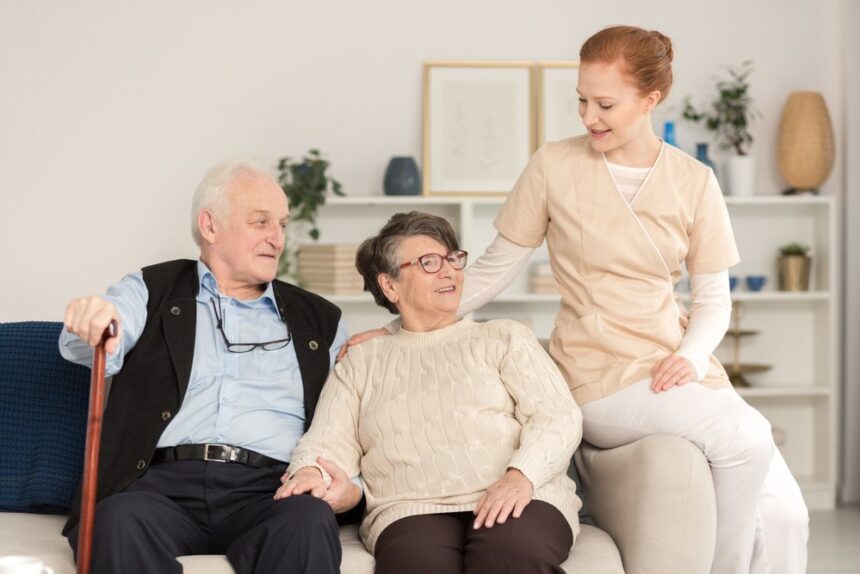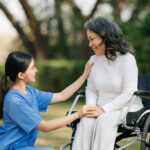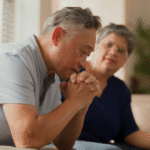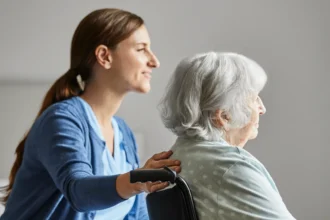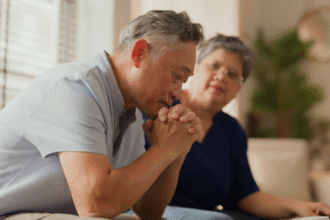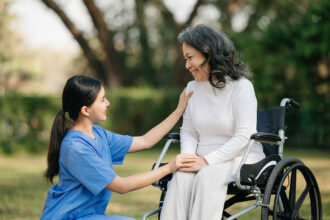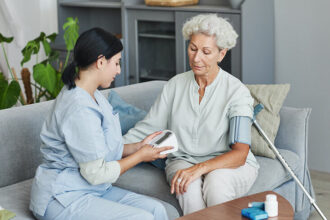As we age, our physical needs, mobility, and comfort levels change. For seniors, home should be a haven of safety, accessibility, and peace of mind. Whether you’re an aging adult, a caregiver, or a concerned family member, making the right home adjustments can greatly enhance a senior’s quality of life.
This article explores how to create a safe and comfortable home environment for seniors, addressing practical modifications, emotional considerations, and ways to promote independence and dignity.
🏡 Why Senior Home Safety Is So Important
The majority of older adults prefer to age in place—living independently in their own homes rather than moving into assisted care facilities. However, the risk of falls, injuries, and health emergencies increases with age. Making thoughtful changes at home can reduce these risks and support a longer, healthier, and more independent life.
✅ Key Elements of a Senior-Friendly Home
- Safety
- Accessibility
- Comfort
- Functionality
- Emotional well-being
Let’s break these down room by room.
🚪 General Home Safety Tips for Seniors
- Install grab bars and handrails in hallways, bathrooms, and stairways.
- Remove tripping hazards like loose rugs, electrical cords, or clutter.
- Improve lighting with bright, non-glare bulbs and night lights in hallways.
- Place frequently used items within easy reach to avoid bending or stretching.
- Keep emergency contacts visible and easily accessible.
- Use non-slip flooring throughout the home.
🛏️ Bedroom Modifications
- Adjust bed height for easy access—too low or too high can be risky.
- Add bedside lighting with easy-to-reach switches or motion sensors.
- Install a bed rail if there is a risk of falling while getting in or out of bed.
- Use weighted blankets or soft pillows for comfort and pressure relief.
🚿 Bathroom Safety Upgrades
The bathroom is one of the most dangerous places for seniors due to slips and falls.
- Install grab bars near the toilet and inside the shower or tub.
- Use a raised toilet seat for easier sitting and standing.
- Add a shower chair and handheld showerhead for seated bathing.
- Place non-slip mats in the tub and on the floor.
- Consider a walk-in tub or roll-in shower for those with mobility aids.
👨🍳 Kitchen Accessibility Enhancements
- Store essentials like dishes, utensils, and snacks within easy reach.
- Use appliances with large buttons or dials that are easy to see and use.
- Install lever-style faucets for easier use with arthritic hands.
- Label pantry and medicine items clearly and remove expired goods.
📺 Living Room Comfort and Safety
- Arrange furniture to allow wide pathways for walking or wheelchairs.
- Choose firm, supportive chairs with armrests to assist with standing up.
- Eliminate low furniture or glass tables that are hard to see.
- Use remote controls or smart home devices for lights and entertainment.
🪟 Lighting and Visual Cues
Good lighting is vital for seniors, especially those with declining vision.
- Use motion-activated lights in high-traffic areas.
- Install night lights in bedrooms, bathrooms, and hallways.
- Use contrasting colors (e.g., dark rugs on light floors) to make edges and steps more visible.
📞 Emergency Preparedness at Home
- Keep a medical alert system or wearable emergency button.
- Install smoke detectors and carbon monoxide alarms with audio and visual signals.
- Create an emergency contact list and place it near phones.
- Have a basic first aid kit in accessible locations.
🧘 Emotional and Social Comfort
Creating a senior-friendly home isn’t just about safety—it’s also about emotional well-being.
Consider:
- Displaying photos and mementos to create a sense of familiarity and joy.
- Creating cozy spaces for hobbies like reading, knitting, or watching TV.
- Setting up technology like video calls to stay connected with family and friends.
- Encouraging natural light and houseplants to improve mood and reduce stress.
👟 Promoting Independence with Assistive Tools
- Walkers, canes, and wheelchairs should be easy to maneuver throughout the home.
- Reachers and grabbers can help retrieve items without strain.
- Voice-activated assistants (like Alexa or Google Home) can help with reminders, calls, or even turning lights on and off.
- Medication organizers or automatic dispensers can improve medication adherence.
📅 Routine Home Maintenance and Checks
- Check floors for wear or loose boards.
- Ensure locks and door handles work easily.
- Replace burned-out bulbs and smoke detector batteries.
- Check HVAC systems to ensure the home stays warm in winter and cool in summer.
❤️ Final Thoughts
Creating a safe and comfortable home environment for seniors isn’t about limiting independence—it’s about enhancing freedom, confidence, and peace of mind. With thoughtful adjustments, proactive planning, and a supportive network, seniors can continue to live fulfilling lives in the comfort of their own homes.
Whether you’re aging in place or helping a loved one, remember: a safer home is a healthier home.
FAQs: Senior Home Safety and Comfort
1. When should I start making home safety changes for an elderly parent?
It’s best to begin as early as possible—before falls or injuries occur. Prevention is key.
2. Are there financial assistance programs for home modifications?
Yes. Some government programs, insurance policies, and local non-profits offer aid for seniors needing home adjustments.
3. What’s the best flooring for seniors?
Non-slip surfaces like rubber, cork, or low-pile carpet are safest. Avoid slippery tiles and rugs.
4. Can I make a home wheelchair-friendly without major renovations?
Yes. Rearranging furniture, using ramps, and widening doorways with offset hinges are simple changes that help.
5. How do I encourage a senior loved one to accept help at home?
Involve them in decisions, focus on maintaining independence, and introduce changes gradually with compassion.
6. Are smart home devices useful for seniors?
Absolutely. Devices like smart lights, reminders, and video doorbells improve convenience and safety.
7. How can I make stairs safer?
Install sturdy railings, non-slip treads, and bright lighting—or consider stairlifts if needed.
8. Is it better to modify a home or move to senior housing?
It depends on the individual’s health, budget, and preferences. Many people prefer to age in place with home modifications.


